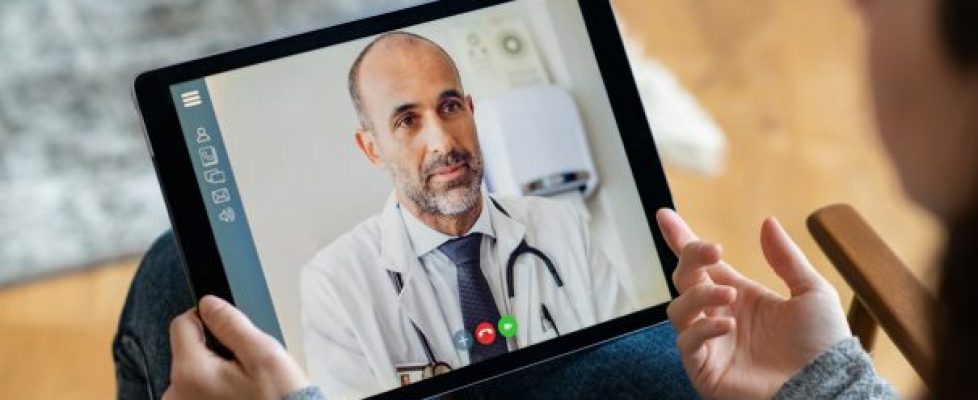It’s Official: Telehealth Benefits Have Been Expanded For Medicare Beneficiaries
On August 3, 2020, President Trump signed Executive Order 13941 (the “Executive Order”) which expands access to certain telehealth services post-pandemic. The Executive Order focuses on telehealth access for individuals living in rural areas and implements the following mechanisms:
- The Secretary of HHS is tasked with developing a new model that will give rural providers flexibilities from existing Medicare Rules, establish predictable financial payments and shift the current model to align more closely with value-based care.
- The Secretary of Agriculture, in coordination with the Federal Communications Commission, must develop and implement a strategy to improve the physical and communications healthcare infrastructure for those living in rural areas.
- HHS will also be required to submit a report to the President on initiatives to eliminate regulatory burdens that limit availability of clinicians in rural areas, as well as more generally to improve rural health.
Critically, the Executive Order also directs HHS to review certain temporary telehealth expansion measures implemented during the COVID-19 Public Health Emergency (the “PHE”) for all Medicare beneficiaries, and propose a regulation to extend these measures beyond the PHE. In particular, HHS is required to consider extension of: (i) the additional services allowed to be furnished via telehealth; and (ii) flexibilities related to services, reporting, staffing, and supervision in rural areas.
Such extension will be welcome to providers who have expanded telehealth offerings during the PHE, and to beneficiaries who have relied on these offerings. Concurrently, the Centers for Medicare & Medicaid Services (CMS) is proposing changes to expand telehealth along some of the same lines as the Executive Order, including extending an expanded list of telehealth services and certain other flexibilities, for instance as related to smart phone use and supervision requirements. CMS’ proposed rule is also focused on increasing accessibility to telehealth by covering virtual check-ins. However, neither the Executive Order nor CMS’ rule would address strict statutory limitations on the locations where Medicare will cover telehealth service, and which placed a severe burden on the use of telehealth for Medicare beneficiaries prior to the PHE. While these restrictions have been waived during the PHE, it is not clear whether or how the agency will address them when the PHE expires. To date, CMS has taken the position that Congressional action is necessary.
Congressional action is not out of the question and the Executive Order is the latest in a number of proposals, including proposed legislation, aimed at expanding telehealth. Please refer to our previous discussions on the Equal Access to Care Act and the Health Act. We have also offered our insights on reopening challenges in light of additional waves of Covid-19 see https://www.sheppardhealthlaw.com/2020/07/articles/coronavirus/reopening-challenges-faqs/
This article is not an unequivocal statement of the law, but instead represents our best interpretation of where things currently stand. This article does not address the potential impacts of the numerous other local, state and federal orders that have been issued in response to the COVID-19 pandemic, but which are not referenced in this article.

